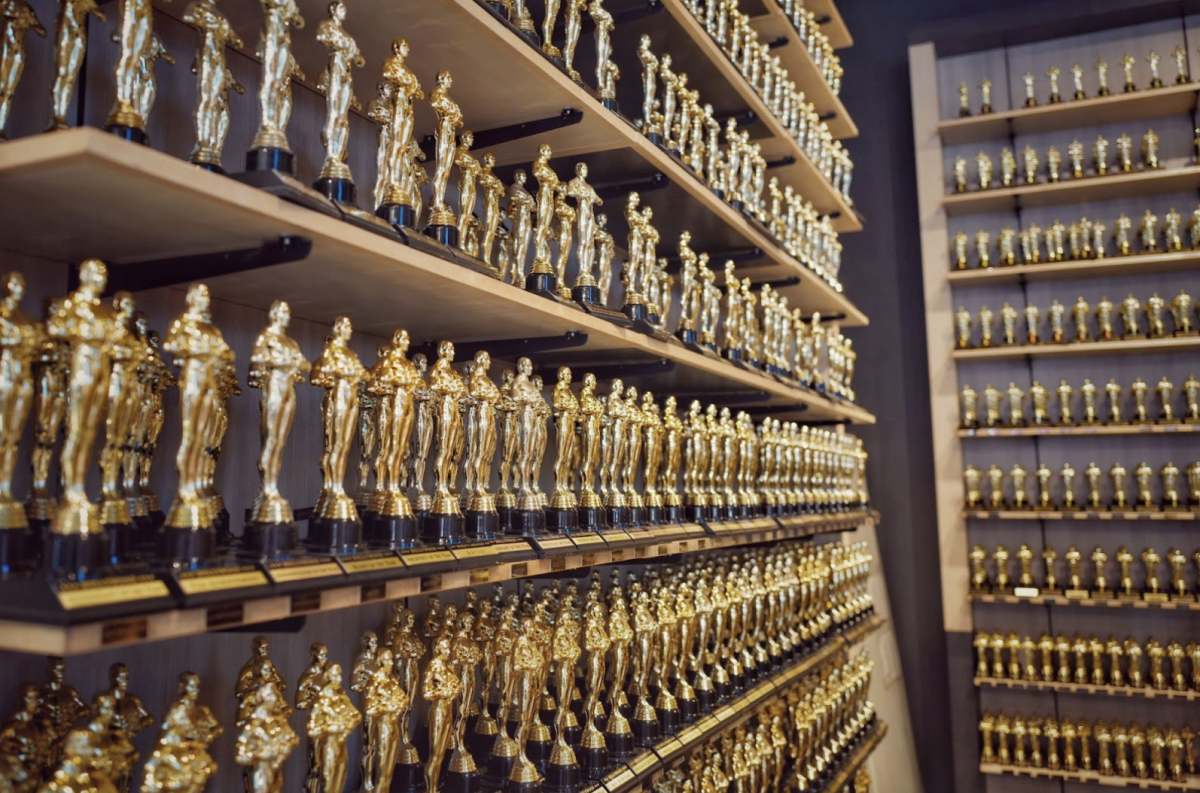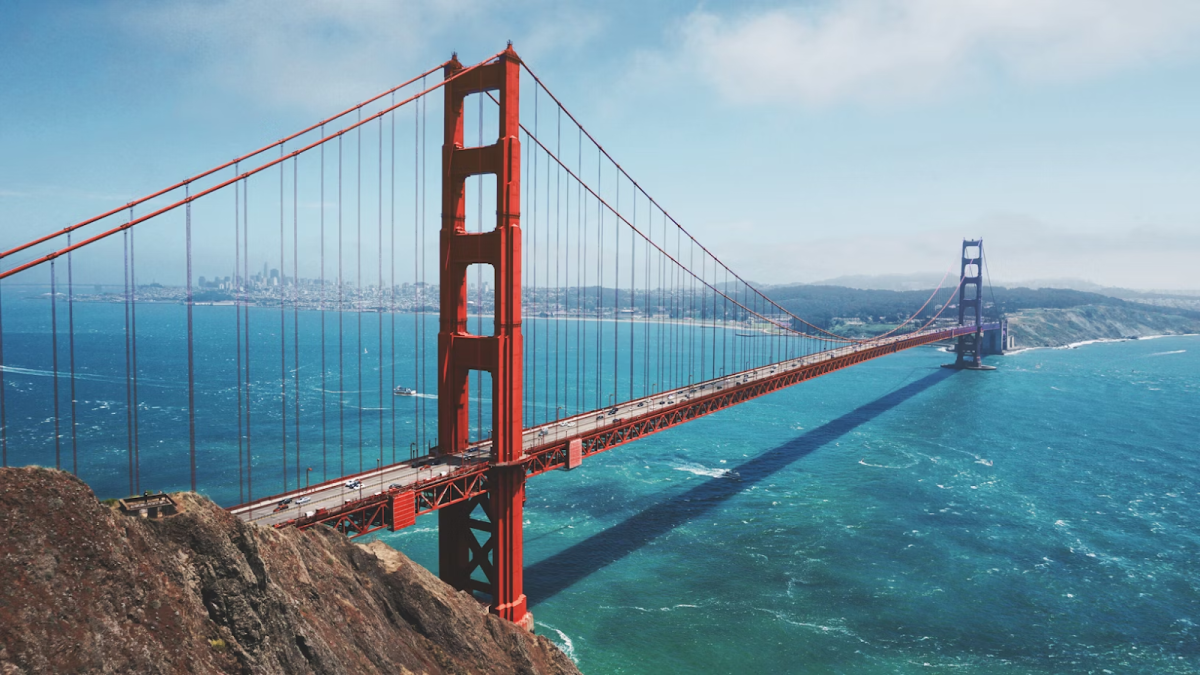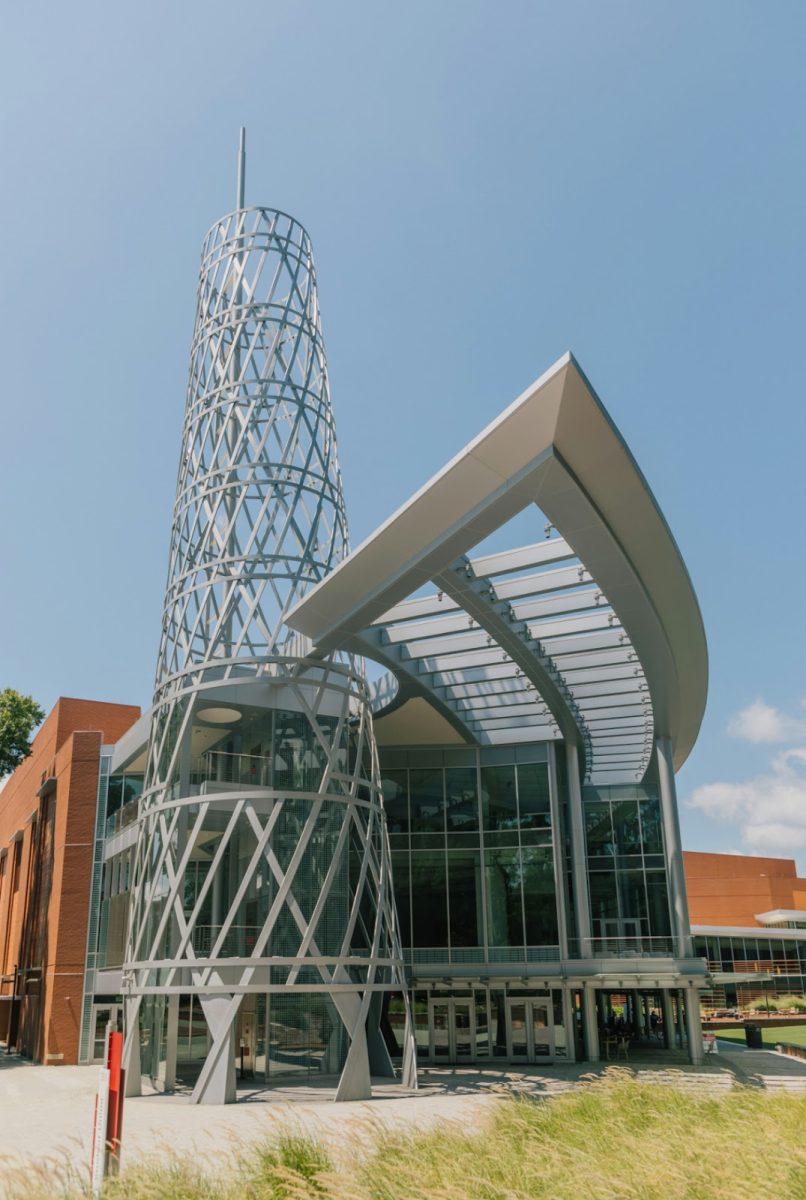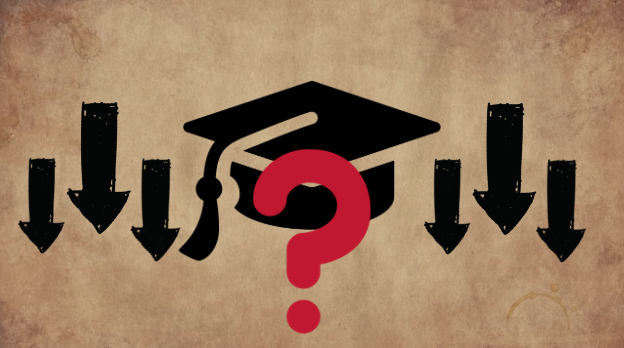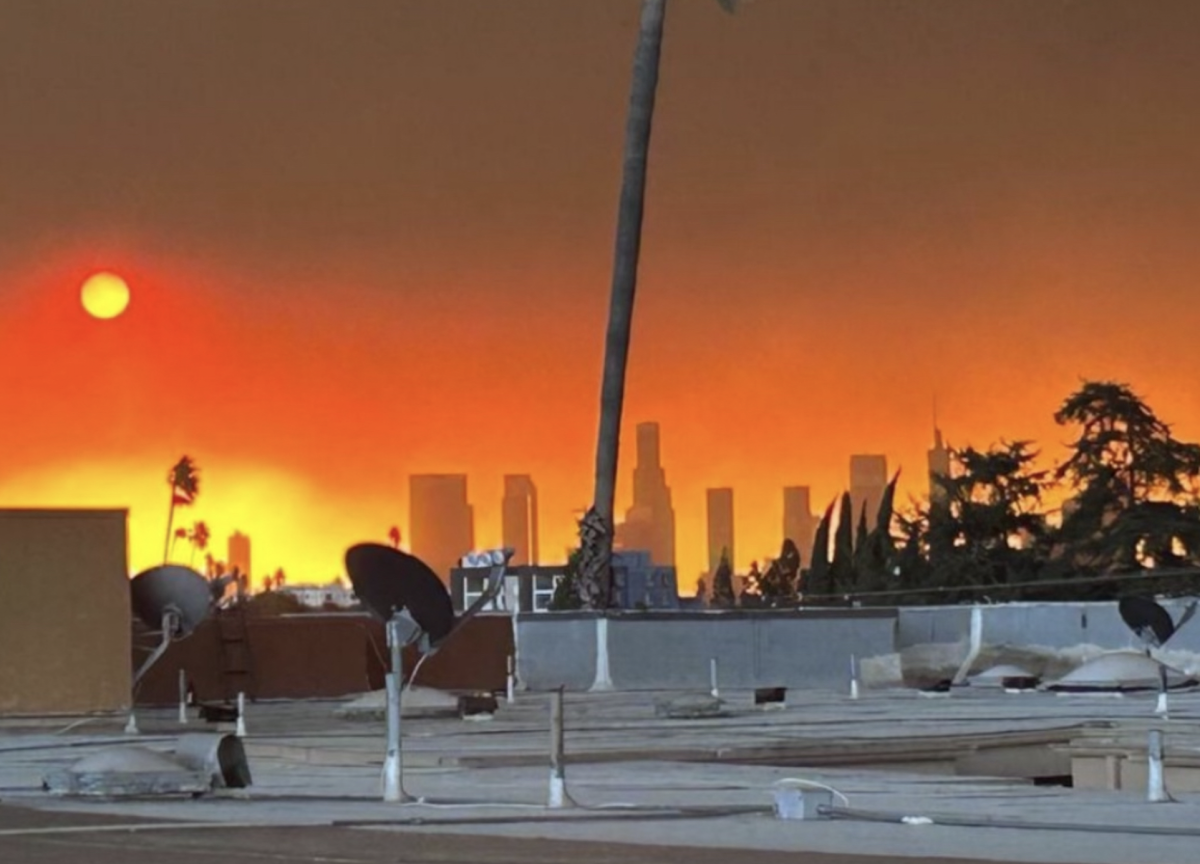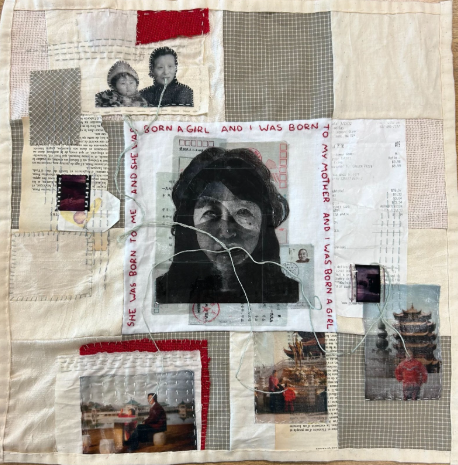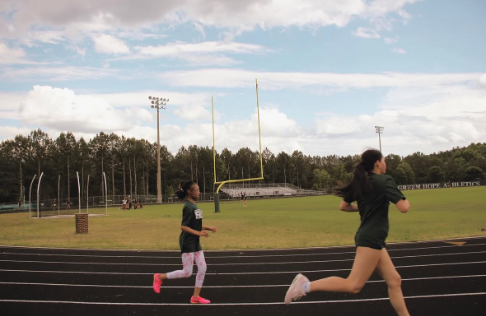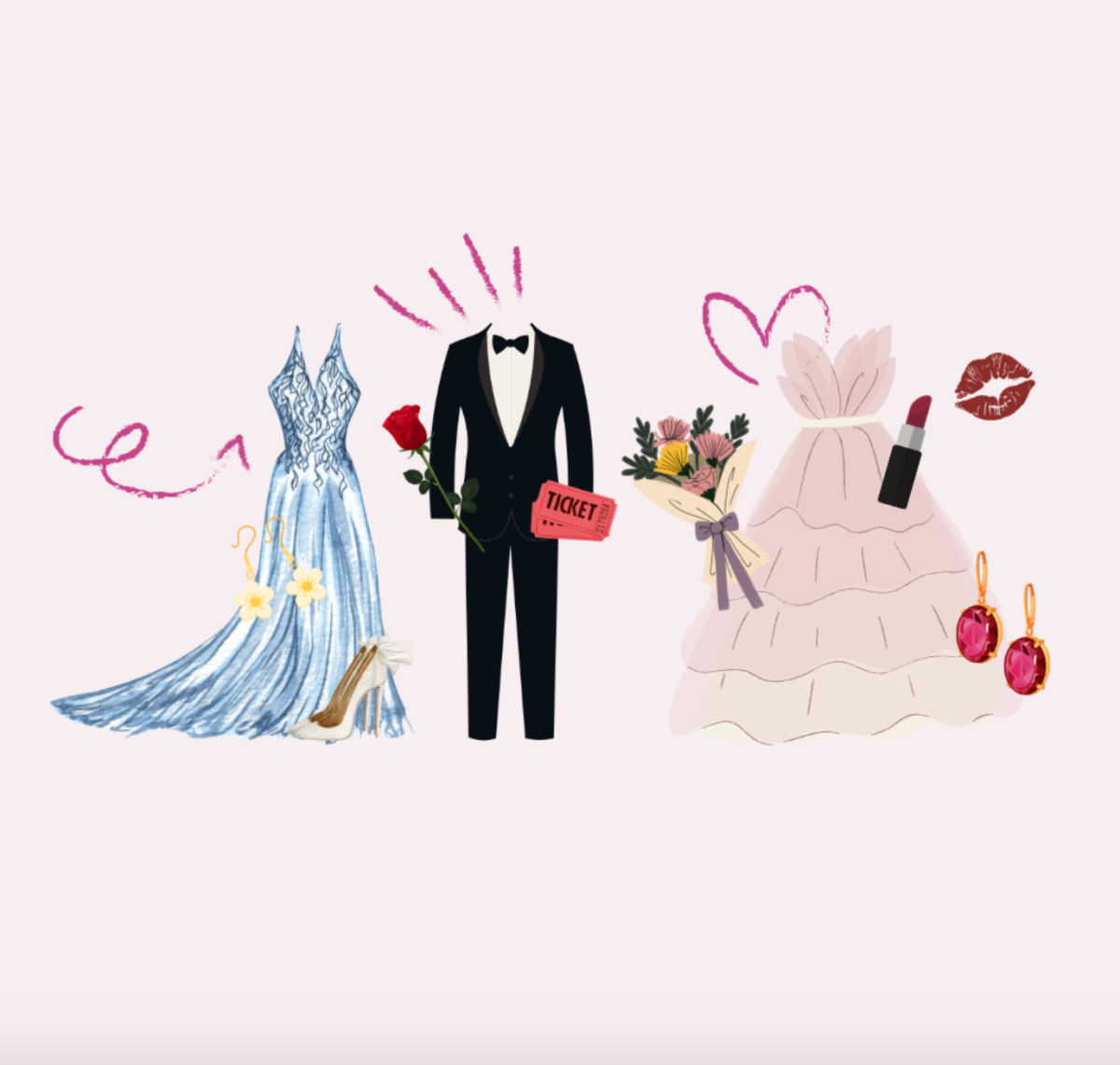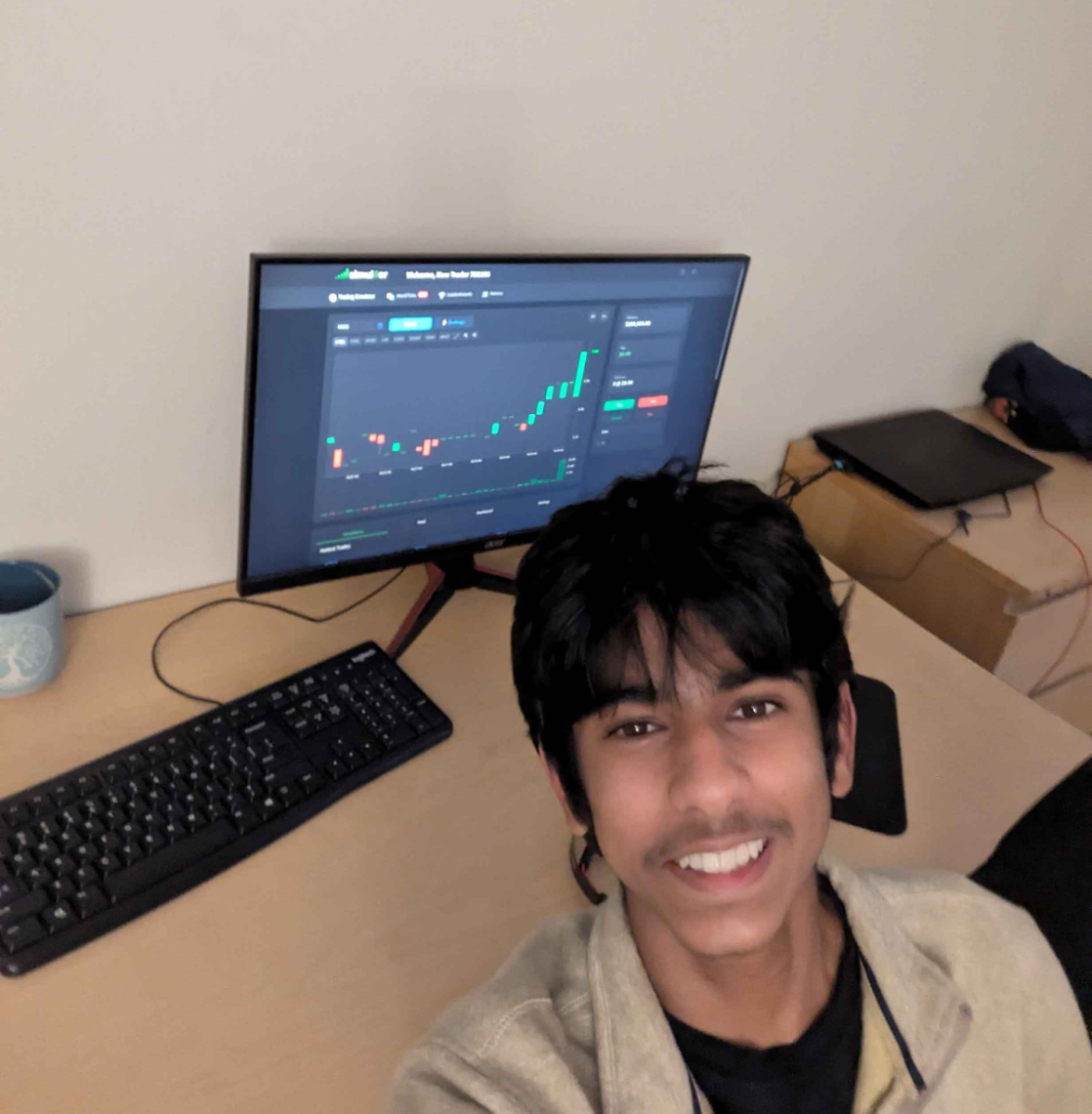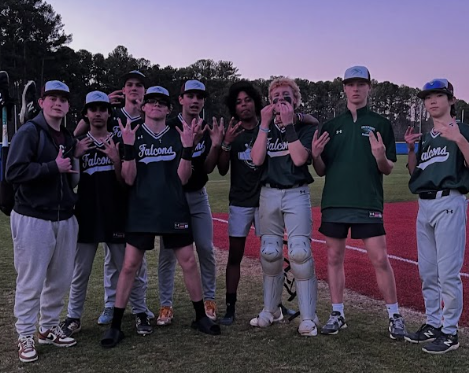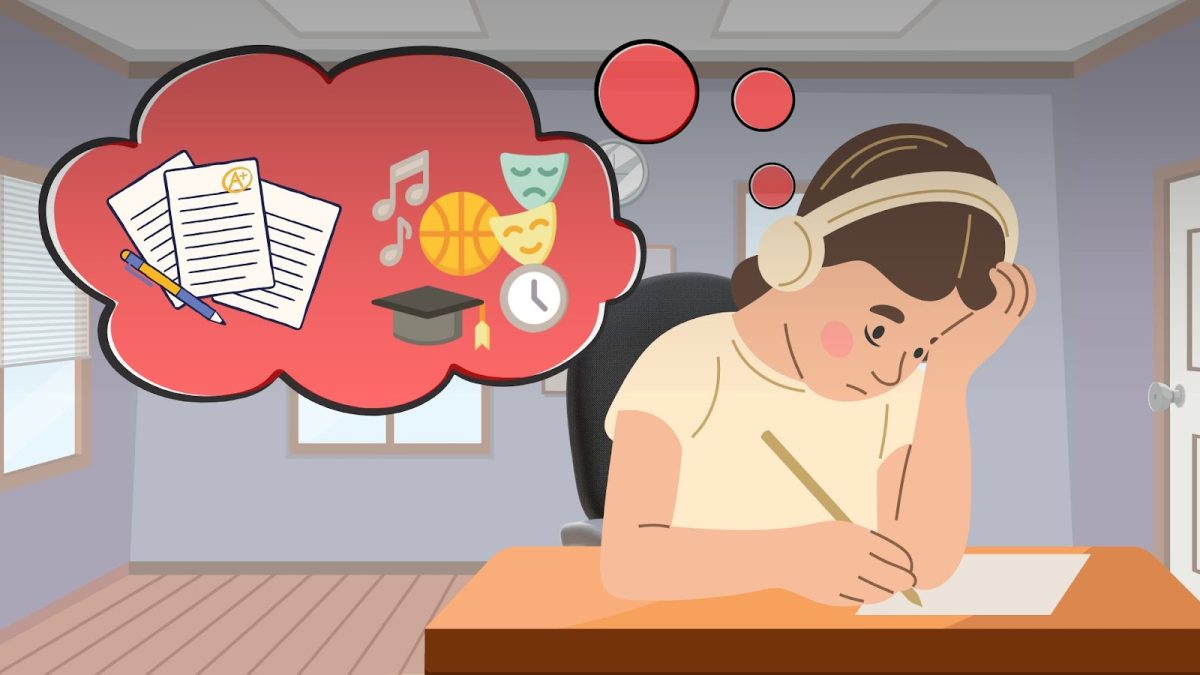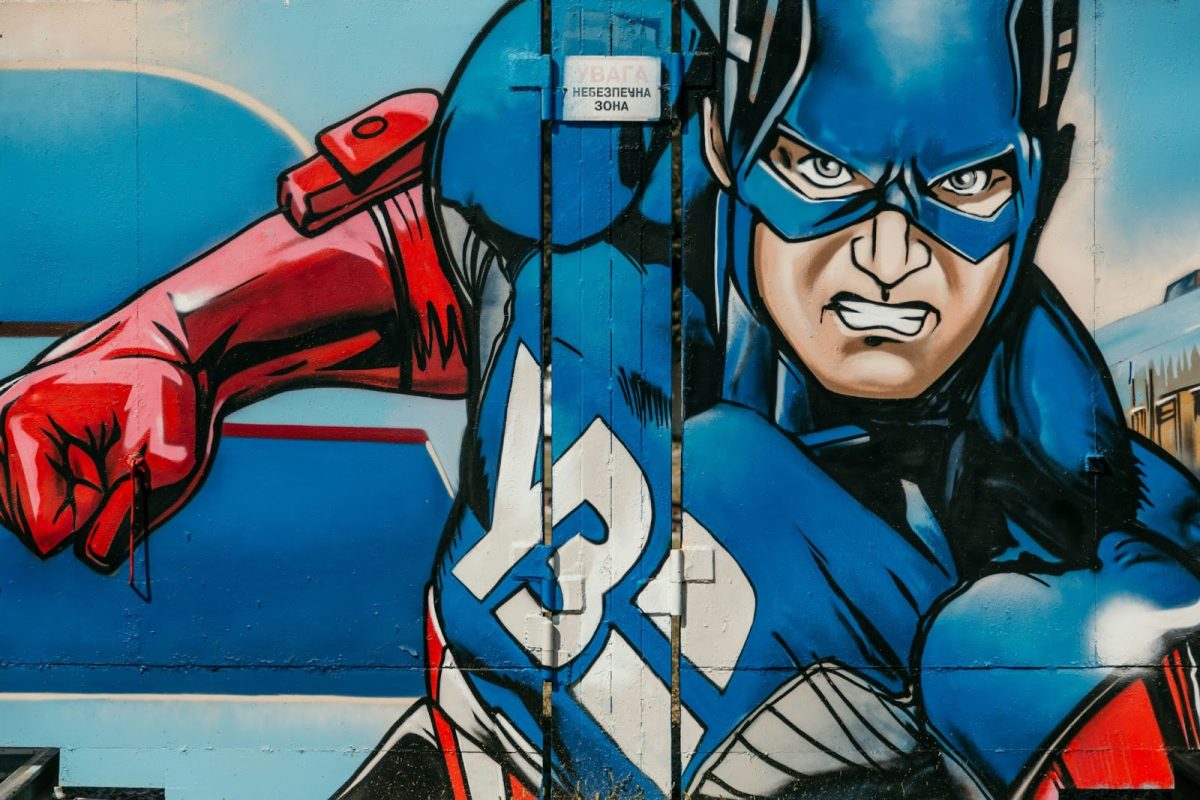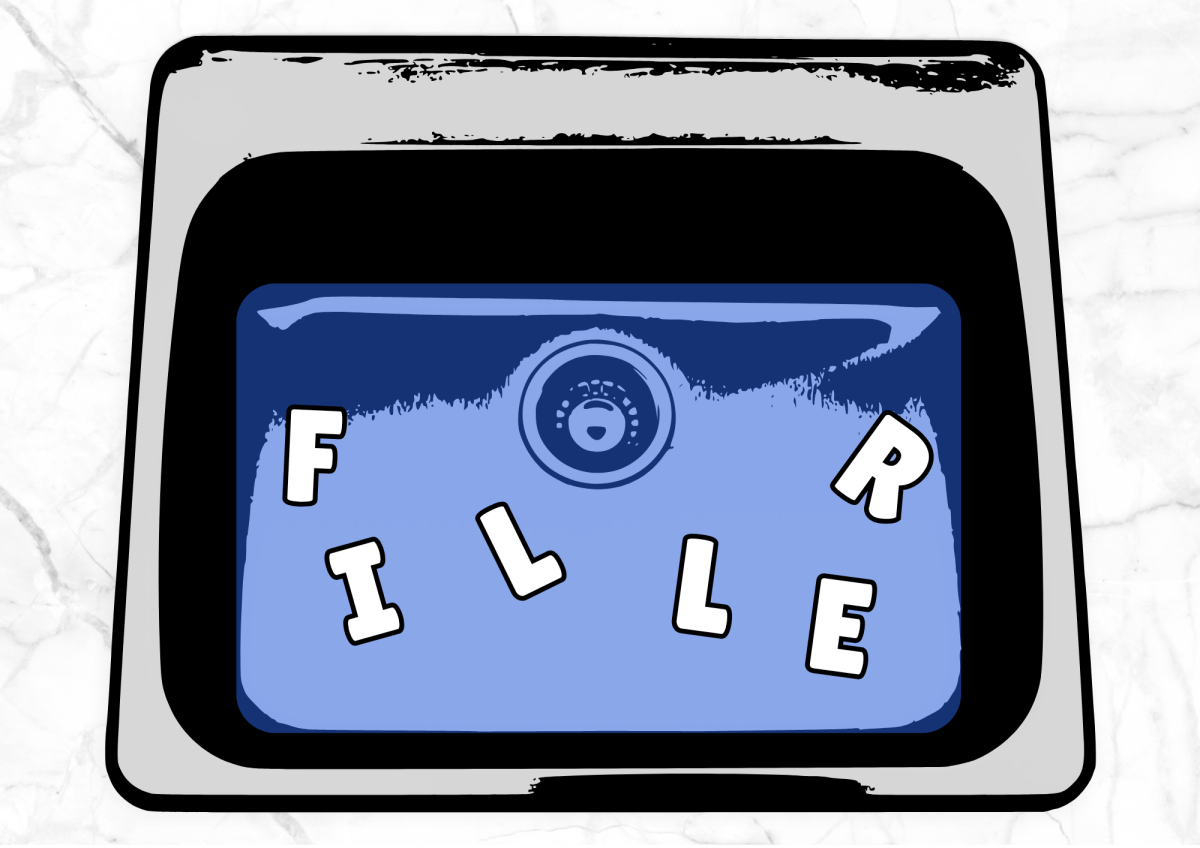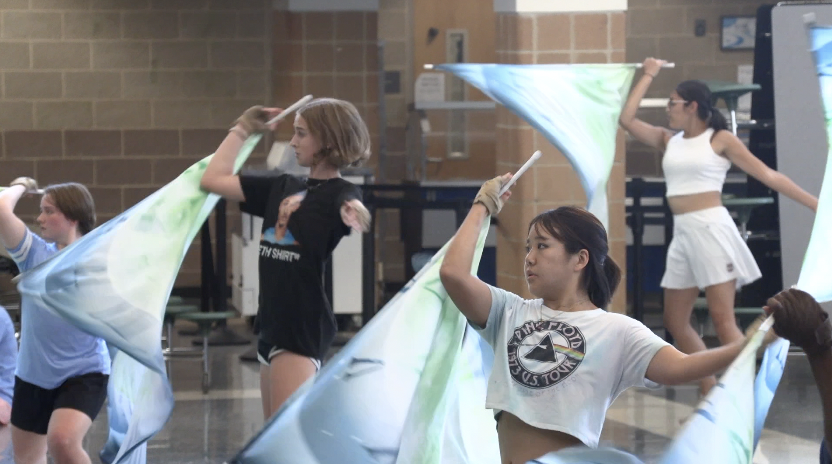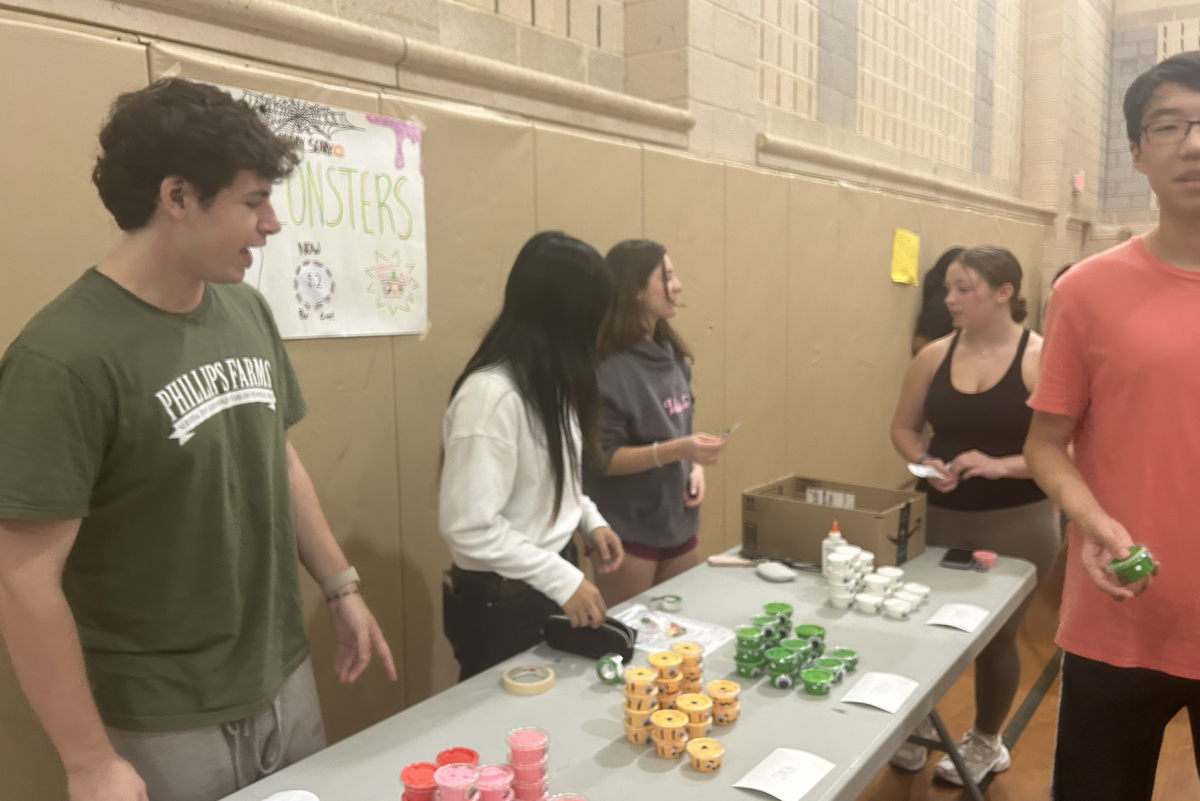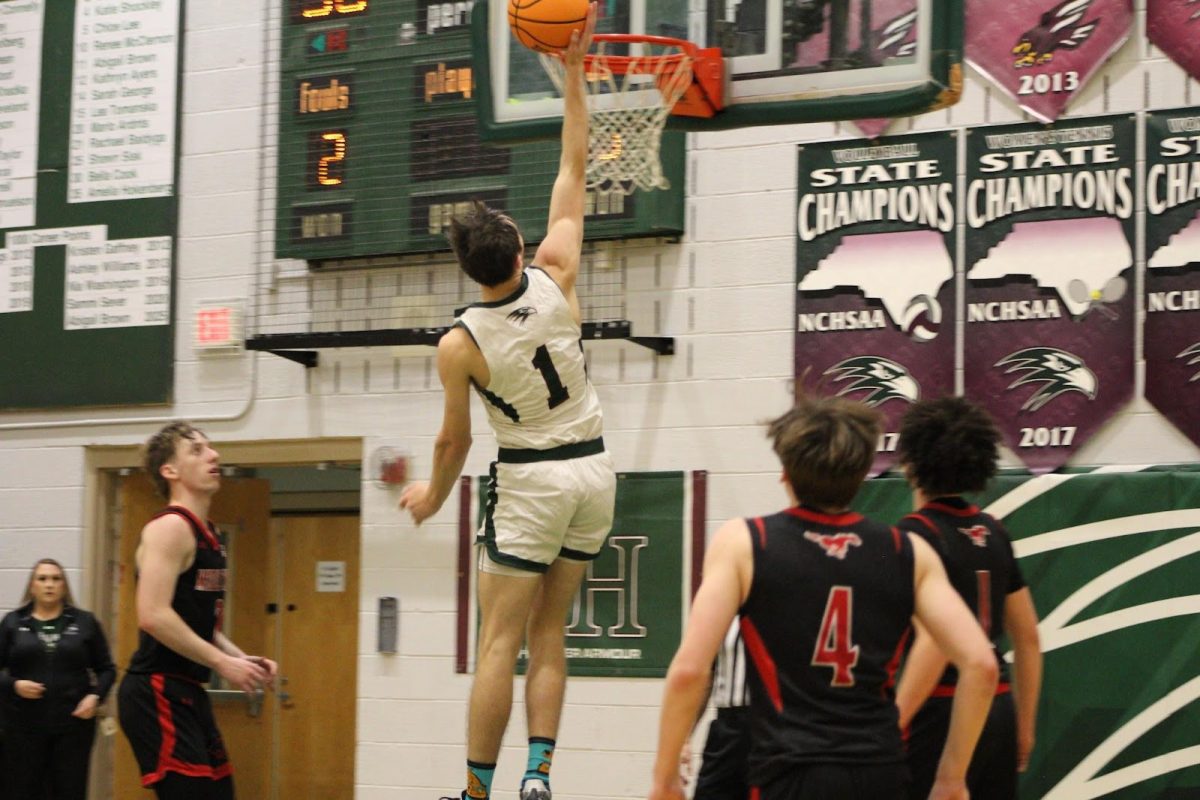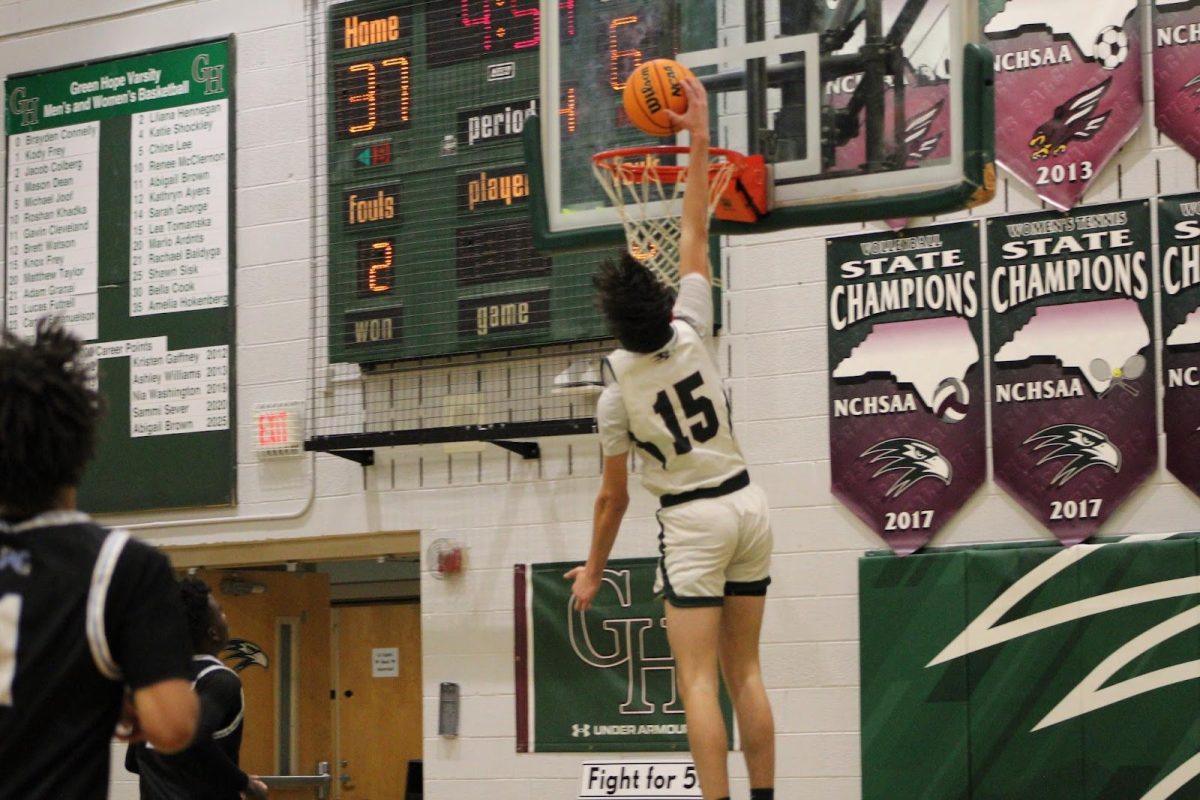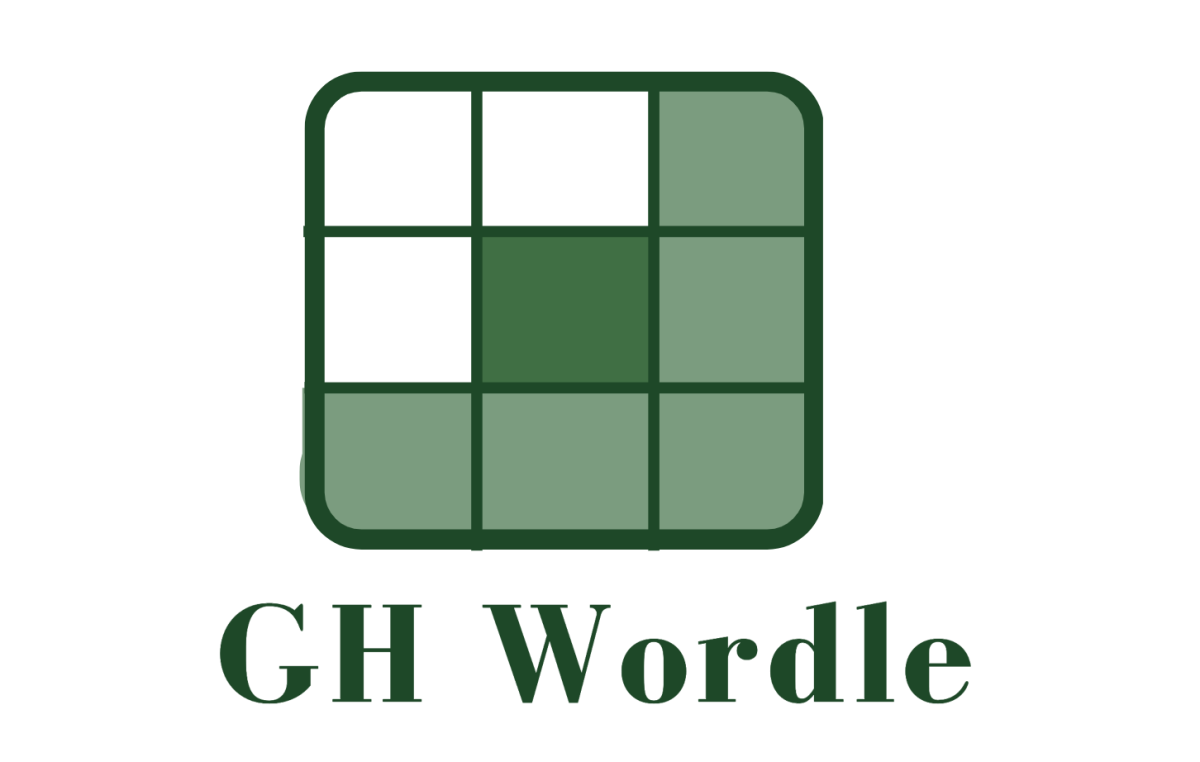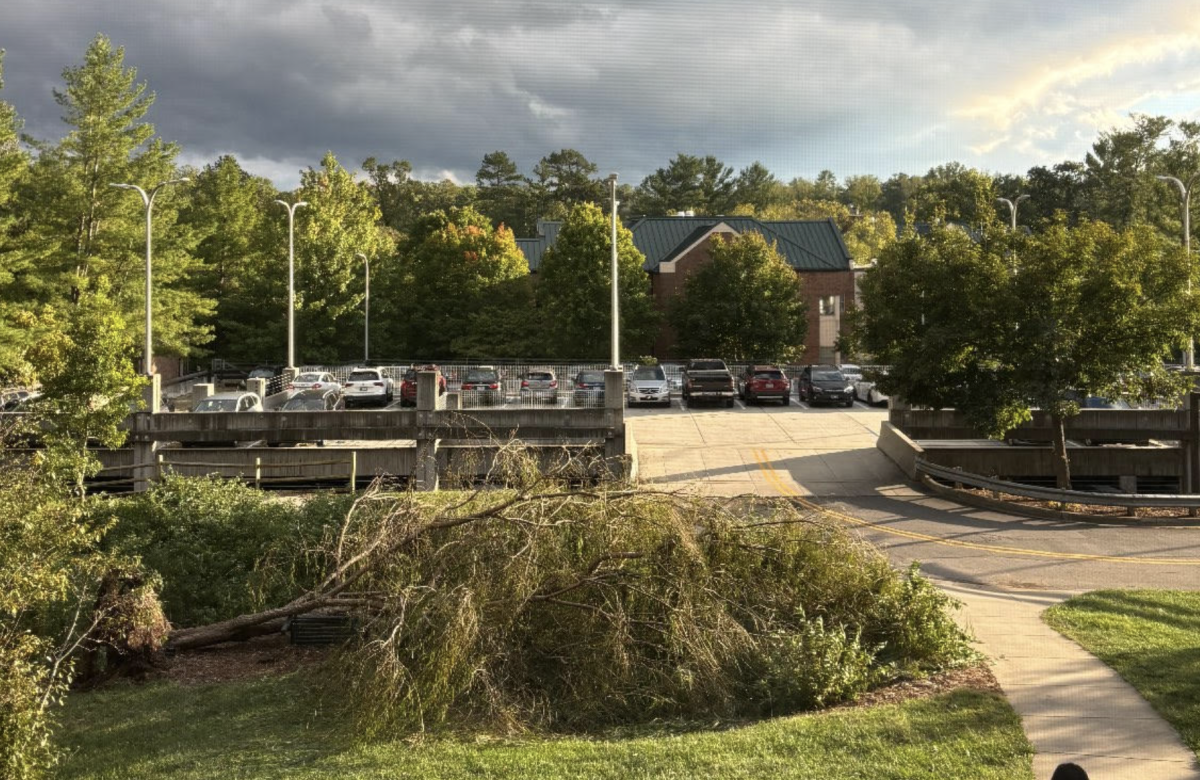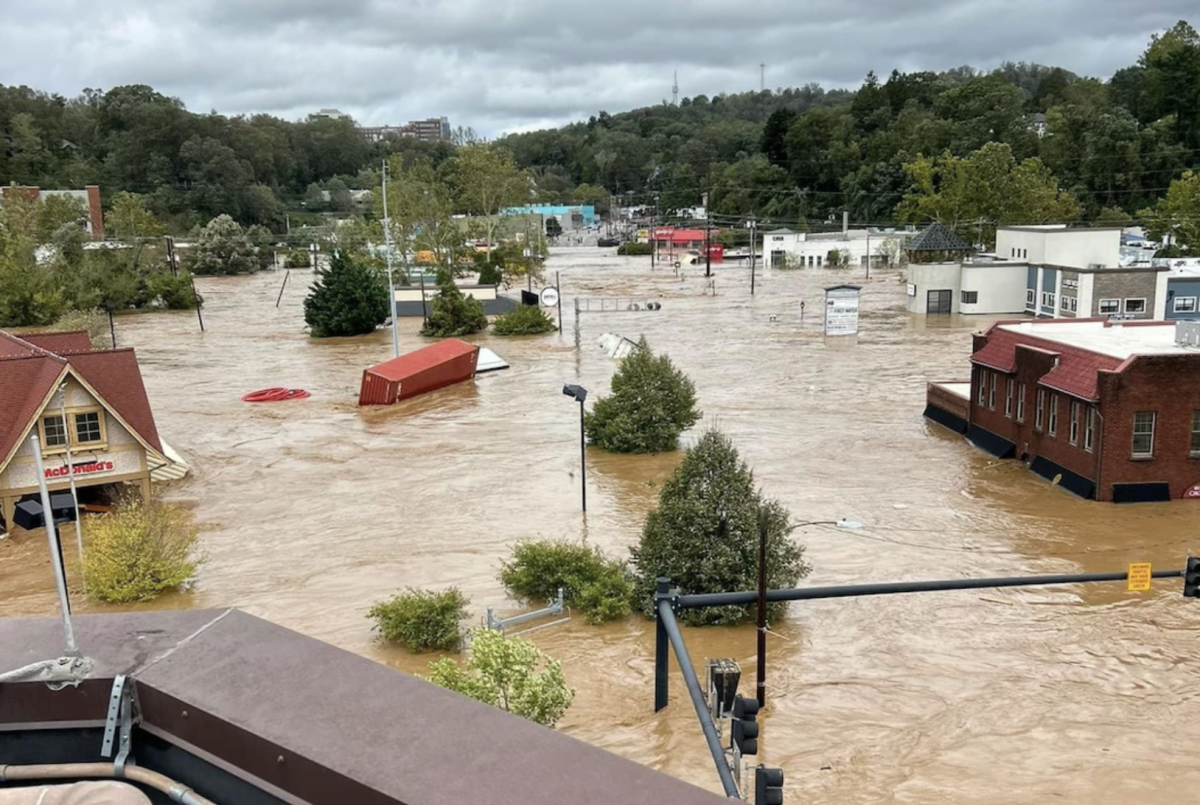Urumqi fire ignites protests over China’s COVID-19 restrictions

Protests in China push for reduced COVID-19 restrictions on the nation’s citizens.
November 30, 2022
A fire erupted in Urumqi, China on Thursday, November 24th. The accident killed ten and injured nine individuals located in one of the city’s apartment buildings.
During the incident, a video of a fire truck’s water spray falling short of the building began circulating social media platforms. Viewers attributed the truck’s inability to extinguish the fire to China’s strict “Zero-COVID” quarantine policies, claiming it was “blocked by pandemic control barriers or by cars stranded after their owners were put in quarantine.”
The complex was also subject to restrictions, including those limiting the activities of its residents. Authorities stated the area was a “low COVID-19 risk area,” meaning that residents were permitted to “go downstairs for activities” and that the fire escape doors were unlocked.
This statement by Chinese officials sparked backlash among the nation’s civilians. According to the Associated Press and Muhammed Emin, an exiled Uyghur, many residents rebuked this claim. Emin quoted online posts explaining that residents were “locked in their homes due to COVID-19 restrictions,” and were not “free to come and go from the building.” The Associated Press has yet to verify the authenticity of these claims.
These restrictions, otherwise referred to as China’s Zero-COVID strategy, include the closure of businesses and schools, mandatory quarantine of those infected and complete lockdowns until there are no new COVID-19 cases in the area. Though the strategy faced resistance prior to the fire, the tragic event led to protests across multiple major cities including Shanghai, Beijing and Wuhan.
Protesters have not only expressed dissent with the government’s policies but also demanded President Xi Jingping step down to end the Chinese Communist Party’s (CCP) control in the nation. Many of the protesters are in favor of a democratic, multi-party government in replacement.
In response, the CCP continues to censor posts online and has dispatched SWAT officers to surveil the protests in-person. Cases of assault and arrests have been reported, including members of the press such as British Broadcasting Corporation’s Ed Lawrence. The CCP claimed that he was detained for not “voluntarily presenting his press credentials.” Many videos of violence at the protests have been redacted from the internet in China.
Protests continue as civilians work toward battling this policy in hopes for reduced COVID-19 restrictions.



